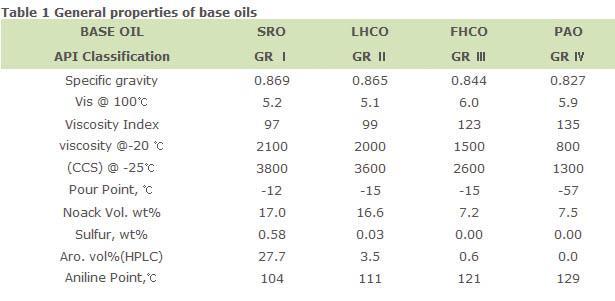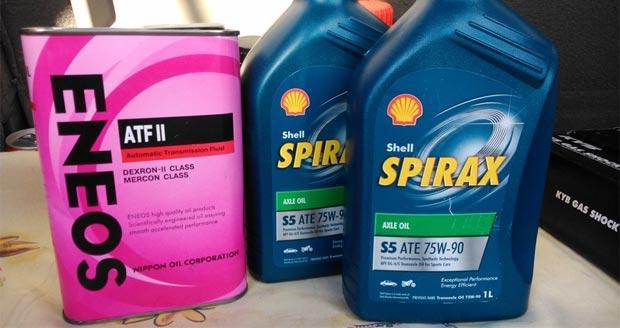
What is the density of gear oil?
What determines the density of gear oil?
The density of any liquid medium cannot be calculated as the arithmetic mean of the components included in its composition. For example, if you mix 1 liter of water with a density of 1 g/cm3 and 1 liter of alcohol with a density of 0,78 g/cm3, at the output we will not get 2 liters of liquid with a density of 0,89 g/cm3. There will be less liquid, since the molecules of water and alcohol have a different structure and occupy a different volume in space. Their uniform distribution will reduce the final volume.
Approximately the same principle works when assessing the density of gear oils. The specific gravity of each lubricant component makes its own adjustments to the final density value.


The density of gear oil is made up of two groups of components.
- base oils. As a base, a mineral base is now more often used, less often - semi-synthetic and synthetic. The specific gravity of the mineral base ranges from 0,82 to 0,89 g/cm3. Synthetics are about 2-3% lighter. This is due to the fact that during the distillation of the mineral base, heavy paraffins and long chains of hydrocarbons are largely displaced (hydrocracking) or converted (hard hydrocracking). Polyalphaolefins and so-called gas oils are also somewhat lighter.
- Additives. In the case of additives, it all depends on the specific components used. For example, thickening agents are heavier than the base, which increases the overall density. Other additives can both increase the density and lower it. Therefore, it is impossible to judge unambiguously the manufacturability of the additive package only by density.
The heavier the mineral base, the less perfect the ready-to-use oil is generally considered.


What affects the density of gear oil?
Gear oil, as a finished product, has a density of 800 to 950 kg/m3. High density indirectly indicates the following characteristics:
- increased viscosity;
- high content of antiwear and extreme pressure additives;
- less perfect base.
Transmission fluids for automatic transmissions rarely reach a density of 900 kg/m3. On average, the density of ATF fluids is at the level of 860 kg / m3. Lubricants for mechanical transmissions, especially trucks, up to 950 kg/m3. Usually oils of such high density are viscous and are suitable only for summer operation.


The density of gear oil tends to increase during operation. This is due to the saturation of the lubricant with oxides, wear products and the evaporation of lighter fractions. By the end of the service life, some gear oils are compacted up to 950-980 kg / m3.
In practice, such a parameter as oil density is of no value to an ordinary motorist. Without a laboratory study, it is difficult to say anything specific about its quality or properties. It is possible only with significant assumptions to evaluate the composition of additives, provided that the type of base is known.


Watch this video on YouTube
